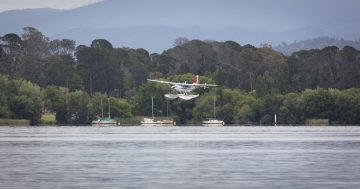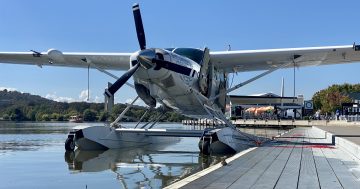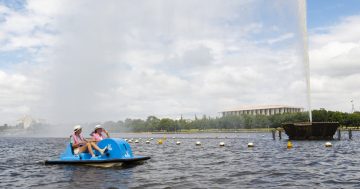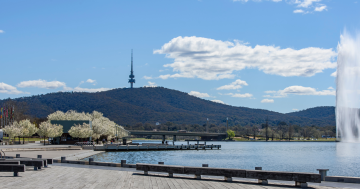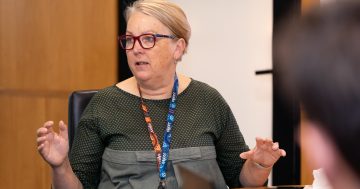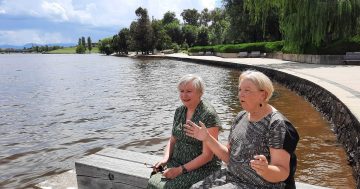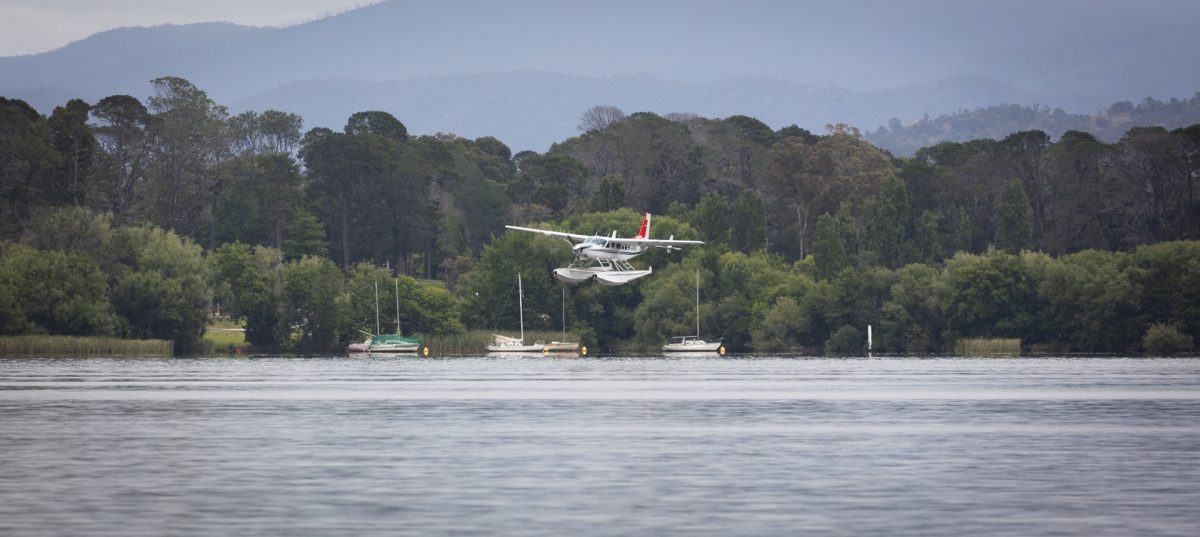
The Sydney Seaplanes Cessna Caravan test flight comes in to land on Lake Burley Griffin. Photo: Thomas Lucraft.
The recent Commonwealth heritage listing of Lake Burley Griffin will not automatically sink proposals for seaplane services operating on its waters.
National Capital Authority Chief Executive Sally Barnes said the heritage listing requirements would have to be taken into account before licences were granted but implied that seaplanes could still operate within that heritage framework.
Ms Barnes said Canberrans should know by the fourth quarter of 2022 if seaplanes would become part of the lake scene when a three-pronged piece of work was expected to be finalised, including licences.
Last December, the NCA backed the idea of seaplane services on the lake after consulting the community despite about three-quarters of submissions, mainly lake users, opposing the proposal.
The NCA acknowledged their concerns and hired a consultant to provide lake user guidelines so groups such as the Yacht Club and rowing clubs could safely share the waters with seaplanes.
Ms Barnes said the NCA was also looking at seaplane services’ infrastructure needs.
“Both seaplane operators are coming to Canberra in the next month to have a look at the various jetties and talk to us about exactly what’s required to dock a seaplane,” she said.
But the licence conditions will be where the heritage requirements come into play.
“And the third one is to get the licence right and the licence will be where we’re looking at the impact assessments and finalise how we protect those heritage values in the Commonwealth listing,” Ms Barnes said.
That will include values such as the vistas and views, the environment, including threatened species, and the quiet and peace of the lake.
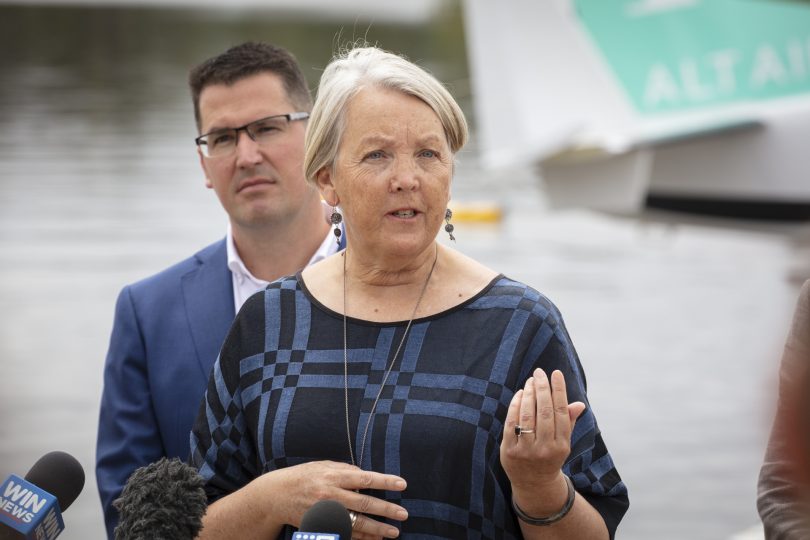
NCA Chief Executive Sally Barnes at the test flight press conference in December 2020. Photo: Thomas Lucraft.
Ms Barnes said the NCA would have to make a judgment about what is “quiet”, whether the impacts would be significant and if they could be managed.
Sydney Seaplanes has proposed four daily services between Rose Bay and Canberra, two of which would land on and take off from the lake, tying up at the dock near the National Museum of Australia.
Last year’s test flight involved a 12-sear Cessna Caravan, but the company intends to use the bigger two-engine amphibious Twin Otter that can carry a maximum of 14 passengers. The company says it plans to convert to electric seaplanes by 2025, which could allay some of the environmental and noise concerns.
South Coast Seaplanes is also interested in lake flights, first offering short scenic flights around Canberra, using single-engine Maule aircraft, but is looking to introduce packaged products, mainly targeted at international tourists, including direct connections with tourist attractions on the South Coast and in the Snowy Mountains.
The NCA said last year that seaplane operations would enrich the appreciation of Canberra as the national capital and contribute to a diversification of the local economy, but further work was required to address the concerns of existing lake users.
“The NCA is of the view that the potential impacts of seaplane operations on Lake Burley Griffin can be appropriately managed and that there are significant benefits in creating a unique travel tourism link to the nation’s capital,” the NCA said.













